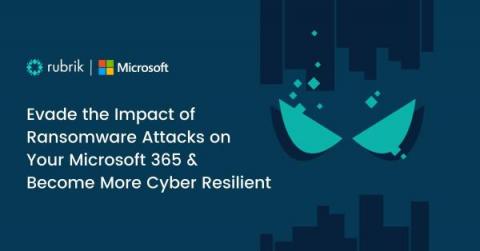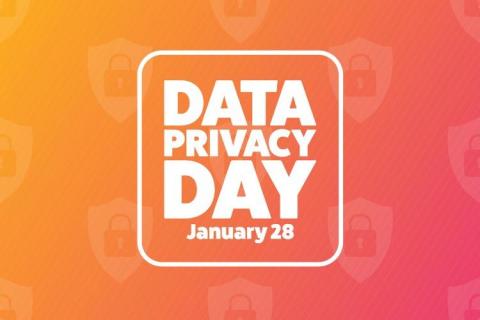What is Data Exfiltration?
Data exfiltration, quite simply, is the risk of your data ending up somewhere it doesn’t belong. Though this definition might seem simple, understanding this risk is quite complicated — especially as companies migrate their data into the cloud. Companies that work remotely using cloud platforms like Google Drive, AWS, or Jira often struggle to maintain the visibility needed to ensure their data remains secure.










